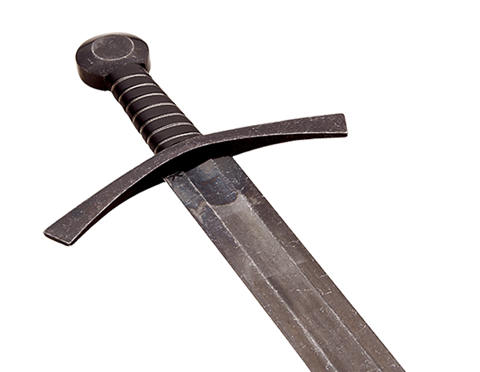Clements #11 Basic Spathology
Posted by MRL on Jul 20th 2016

The ethnographic study of swords -spathology- involves the exploration of their history, design, and function as fighting tools. Primarily, this means understanding the reasons behind any particular design. Understanding a sword's performance requires knowing that every unique design is a combination of factors involving the maker's technology and craftsmanship combined with ergonomic considerations acquired from combat experience. The capacity of different sword designs to transition between offensive and defensive actions represents a certain degree of trade-off between these traits. Blades with different edge configurations and cross-sectional geometries will achieve better results on different materials, while certain grip and hilt designs will better enable particular motions more so than will others. Some sword designs may have more play in their point for agile thrusting or have more weight at that end to add force to a blow. Other designs may be optimized to permit closer contact with opponents and a wider array of techniques. Width and thickness of a blade will impart either sturdiness or quickness, depending. It's a simple matter that, depending upon their overall shape and size, different sword designs will have different centers-of-gravity, centers-of-rotation, and centers-of-percussion all of which fundamentally determine serviceability for combat -when wielded in an optimal manner.
Regardless of form, every design must take into consideration aspects of strength, resilience, and durability as well as the sharpness of edge and point. But every sword, whether straight or curved, tapering or symmetrically edged, is a matter of trying to answer the necessity of dealing effectively with the arms and armor the user would likely encounter. Swordsmiths always tried to improve performance standards -standards that were always necessitated by the self-defense demands of the fighting men who relied on their weapon for survival.


